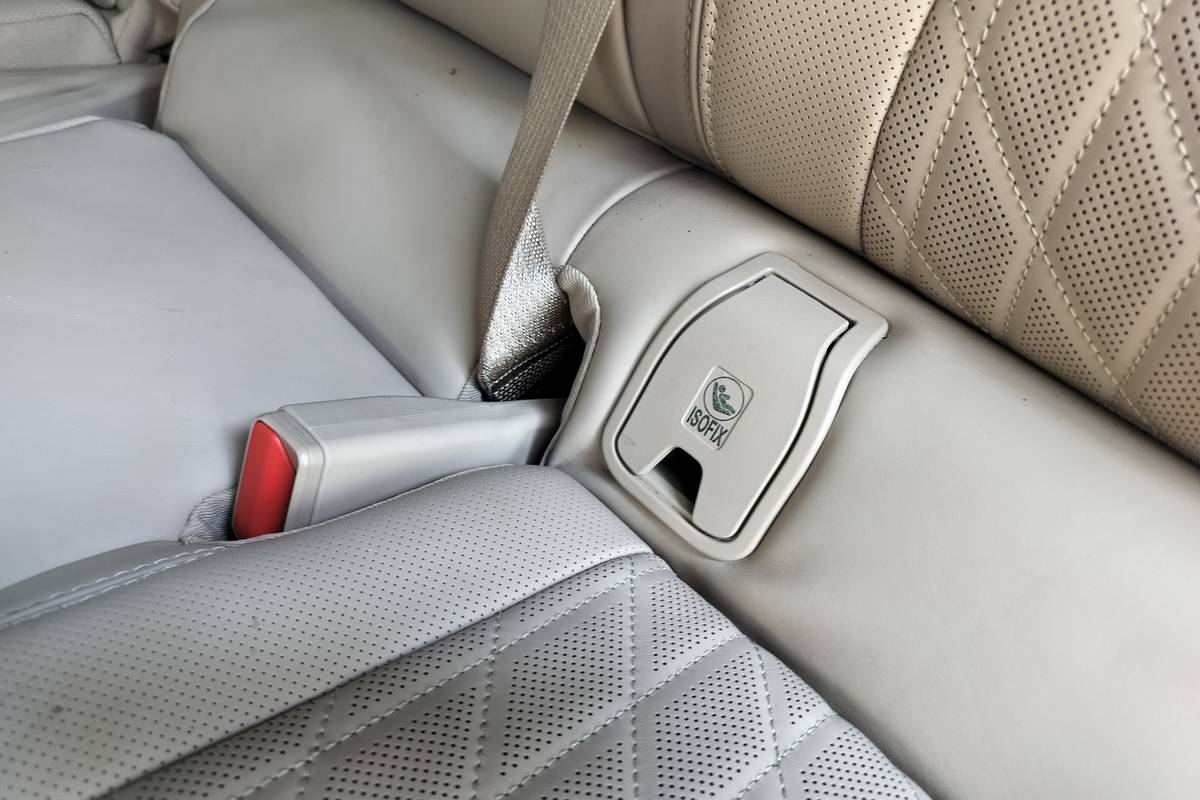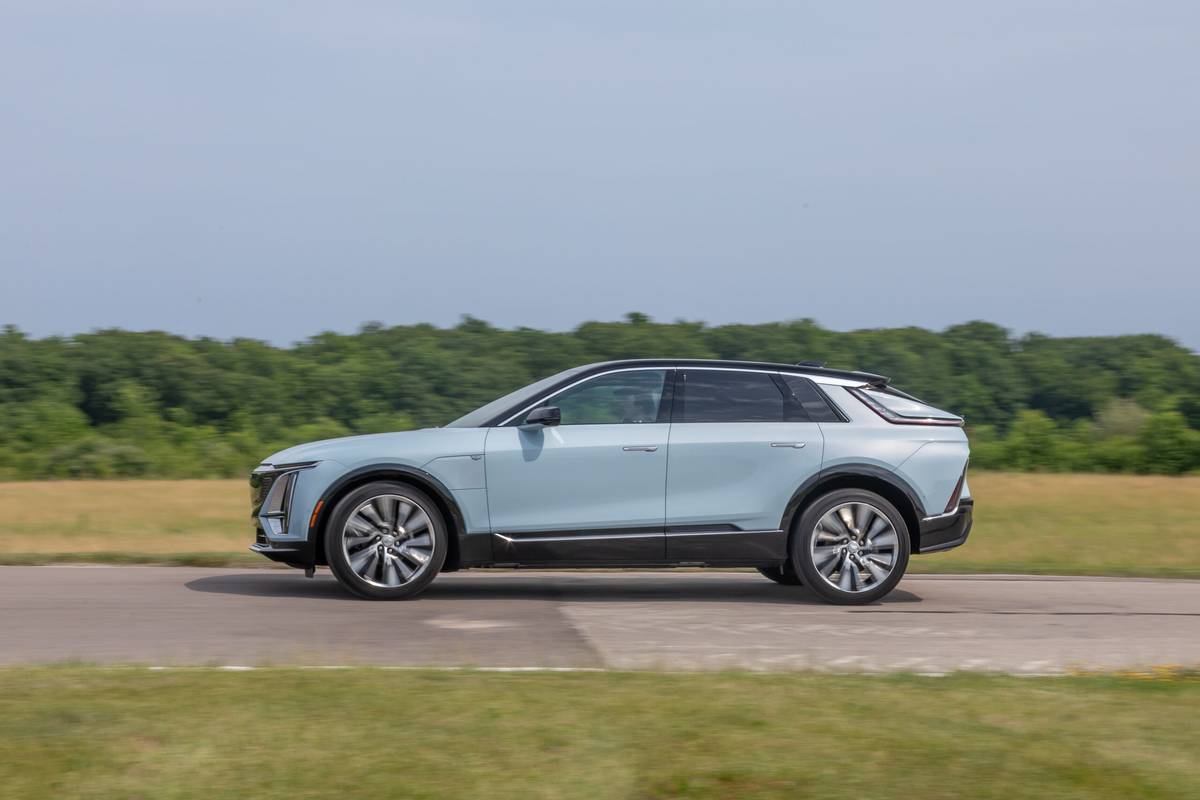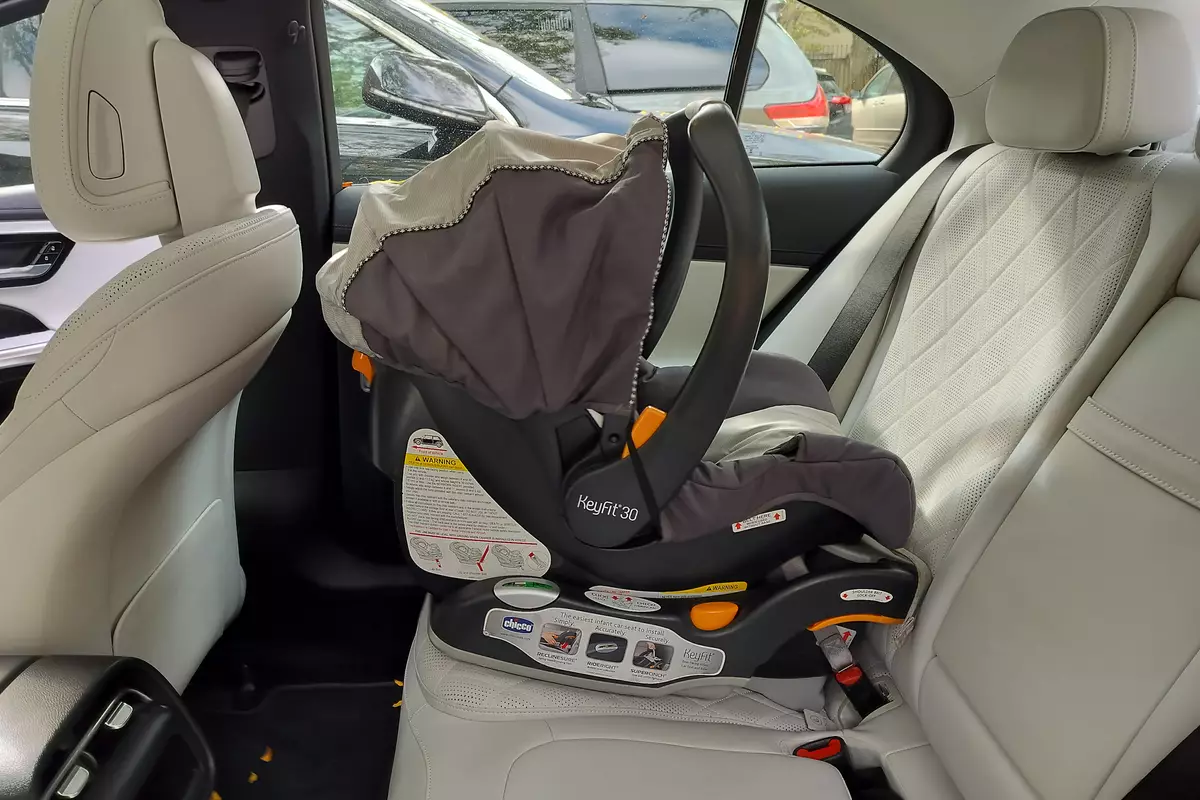chicagotribune.com's view
Instant credibility.
That’s what Honda gave Isuzu when the well-known Japanese automaker contacted the little-known Japanese truck and utility vehicle maker and said it wanted a version of the Isuzu Rodeo to call its own.
The deal calls for Isuzu initially to build 20,000 utility vehicles a year for Honda using the Rodeo as the basis for the new offshoot.
The wrap against Honda for some time has been that it lacks a utility vehicle, minivan and pickup truck for the U.S. market. The Accord car was one of the more respected vehicles in the industry and between 1989-1991 it was the top seller among the hundreds of nameplates vying for the title.
But if you’ve looked at the truck market lately, you’ll notice utilities, minivans and pickups are doing well and none bear a Honda moniker.
So rather than design and develop a utility vehicle, Honda took the least costly way out and asked Isuzu for help. If Honda asked Isuzu for a version of the Rodeo, Rodeo must be a pretty darn good vehicle, so the rationale goes. After all, it could have asked Suzuki for a version of the Sidekick, or Mitsubishi for a Montero, or . . . . you get the picture.
Honda’s interest also speaks well of the work force in nearby Lafayette, Ind., where Rodeo is built.
But other than a novel name, what’s the attraction of a Rodeo?
To find out, we test-drove a 1993 Rodeo LS, a four-door, four-wheel-drive sport utility vehicle that’s roughly the same size as a Chevy S-10 Blazer or Jeep Cherokee, both of which probably sell more units in a month than Rodeo does in a year (Rodeo sales totaled 45,257 units in 1992, a hefty increase from 24,612 in 1991).
We found Rodeo to be a fine machine, one of the better utility vehicles we’ve driven. Little wonder Honda opted for Rodeo in wanting a piece of the utility vehicle action. Mrs. Honda didn’t raise any dummies.
One reason Rodeo was such a pleasant experience is that a host of refinements were made for 1993. For starters, the suspension system was recalibrated and spring rates and shock valving softened to reduce road harshness and provide luxury sedan-like ride.
There are also independent double wishbone suspension, front torsion bar springs, front stabilizer bar, gas-pressurized shocks and rear semi-elliptical steel leaf springs, which in nontechnical jargon means you don’t bounce on the straightaways and don’t lean or sway in the turns.
Rodeo is comfortable and quiet, and wide, supportive, cloth-covered bucket seats contribute to the overall effect. Somewhat surprising is that our test vehicle had Goodyear AT (all-terrain) tires-31 x 10.5R15 treads-that are only a tad smaller than the outfit’s noted blimp.
Typically, monster tires add to a vehicle’s rugged looks but at the expense of ride and handling. The massive tires increase a vehicle’s center of gravity for that unsettling top-heavy feeling in t urns. The Goodyear AT’s, however, did an admirable job without rendering the driver or occupants seasick.
However, on at least one occasion we found ourselves backing off the pedal in making the swing on the Ohio Street bridge after exiting the Kennedy Expressway and would favor the regular, though smaller, P225/75R15 tires that are standard for the added feeling of security.
Another notable improvement is the addition of a 3.2-liter, 24-valve, 175-horsepower single overhead cam V-6 engine, which is standard in the 4WD versions of Rodeo. A 2.6-liter, 120-h.p. 4 is offered in the base and 2WD Rodeos.
Not only is the 3.2 V-6 lively, but it also is unusually quiet. Rodeo credits extensive use of aluminum alloy in the block and cylinder heads for reducing weight and changes in engine rigidity and balance for toning down noise.
The smoothness of the suspension and the powerful yet quiet V-6 will have you wondering why you didn’t check out th Rodeo sooner-while making you appreciate even more w hy Honda did.
The V-6 in our test vehicle comes with a 5-speed manual or 4-speed automatic. Our vehicle had the automatic, which comes with a “power” drive select button to extend the r.p.m. range in an upshift, which you might prefer to do when taking on a steep hill or beating a cab off the line on Michigan Avenue. There’s also a “winter” start selector button to push that holds the transmission in third gear to limit wheel spin when starting on slippery surfaces.
The 4×4 Rodeo has automatic locking hubs, but there still is a two-speed transfer case to manually engage into low or high gear. If we were Honda, when listing details we’d want in our Rodeo, we’d ask for push-button 4WD engagement. Full-time 4WD? Why eat up the gas if you have push-button activation at hand?
Other noteworthy features of the Rodeo include an outside mounted spare tire (with cover) that locks in place when open and then releases again to close at the twist of a lever; a swing-up-and-open rear window that allows you to stow packages without having to use the tailgate; and a wide-opening and lightweight fold-down tailgate if the items to store are too numerous or heavy to slip through the window.
Inside, there’s ample room for four adults. Rear seat room is spacious and there’s no shortage of head, leg or arm room. The rear seat backs fold to increase cargo carrying capacity. However, the seat backs don’t fold flat, so don’t go overboard on the cargo. Again, if Honda, we’d ask about flat folding seat backs on our version of the Rodeo.
Also, if Honda, we’d put together a shopping list of changes we’d want made to our version of the Rodeo to eliminate some annoyances with the Isuzu machine.
For one, there’s no cupholder, which of course is barbaric and should shame Isuzu. Even more important, however, is the door locking system. Once inside, you push the lock button on the driver’s door and all four buttons motor shut. But when exiting the vehicle, you have to hold the door handle up or use the key in the door to lock all four of them at once. A one-touch locking system would be nicer.
Also, perhaps it was just the oversize tires, but the Rodeo could use a step or running board for easier entry and exit. Then, too, there’s no need for four buttons on the right of the instrument panel to control wipers and three buttons on the left to control lights when one button or dial or lever for each would reduce complexity.
Why so many buttons for lights and wipers and no power control for the dual sideview mirrors?
And why the need for freestanding radio speakers hanging out from the rear cargo compartment side panels?
Not only do they rob stowage space, but they also make it easy for someone tossing an overnight bag or 2×4 into the back to damage the speakers.
Then, too, make that manual twist -open sunroof a power unit, please.
Finally, rear-wheel antilock brakes are standard, but there is no air bag. On a Honda version we’d expect four-wheel ABS and a bag. Come to think of it, why not four-wheel ABS and a bag on the Isuzu Rodeo? And why should Isuzu limit the improvements suggested for a Honda version, when it could make the same revisions to its own Rodeo to make it even better?
The Isuzu Rodeo LS 4WD we drove starts at $22,099. That includes the V-6 engine, automatic transmission, power brakes and steering, ABS, tinted glass, reclining bucket seats, rear window defogger, underbody skid plates, outside spare, carpeted floor mats, privacy glass, aluminum alloy wheels, roof rack, power windows and door locks, front vent windows, cruise control, rear window washer/wiper, AM/FM stereo, tilt steering and leather grip steering wheel.
Options included air conditioning at a stiff $800, tiltup manual sunroof at $300, CD player at $550, anda ackage including the oversized tires, fender flares and limited slip differential for $1,065. With $359 for freight, the 4WD Rodeo LS stickered at $25,173.
Isuzu, which has supplied the subcompact Geo Storm car to Chevrolet, said a few weeks ago that it is getting out of the car business in the U.S. and focusing on utility vehicles and trucks.
In addition to a deal with Honda, there have been rumors-denied by Isuzu-that Oldsmobile is interested in a version of its Trooper to replace the Bravada in 1995 and Pontiac is interested in a version of the Isuzu Amigo utility vehicle to market under its own name in the next couple of years.
Then, too, there’s talk that Olds and Pontiac may settle for vehicles from Suzuki, which supplies Chevrolet with the mini Tracker utility vehicle and the Geo Metro car.
Whatever happens with Olds and Pontiac, Isuzu still is interested in buying a version of the Chevy S-10 pickup truck to market under its nameplate by 1995.
Latest news



